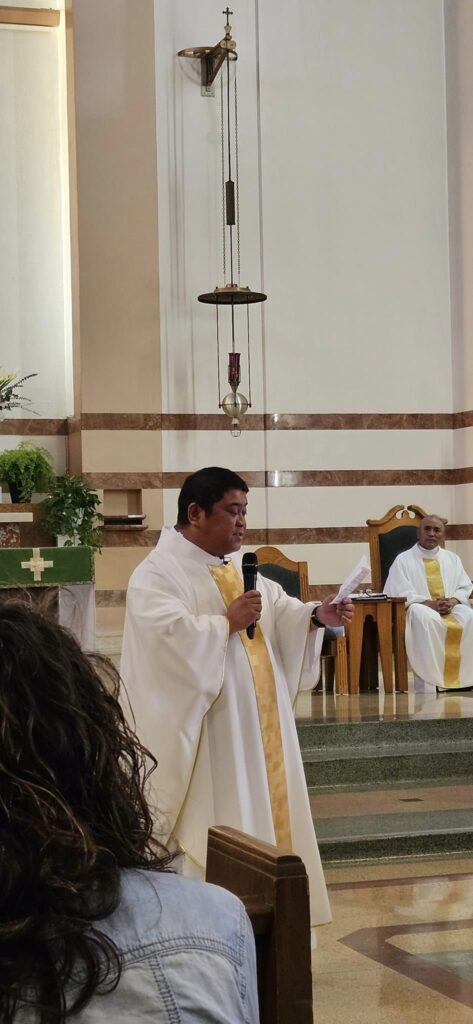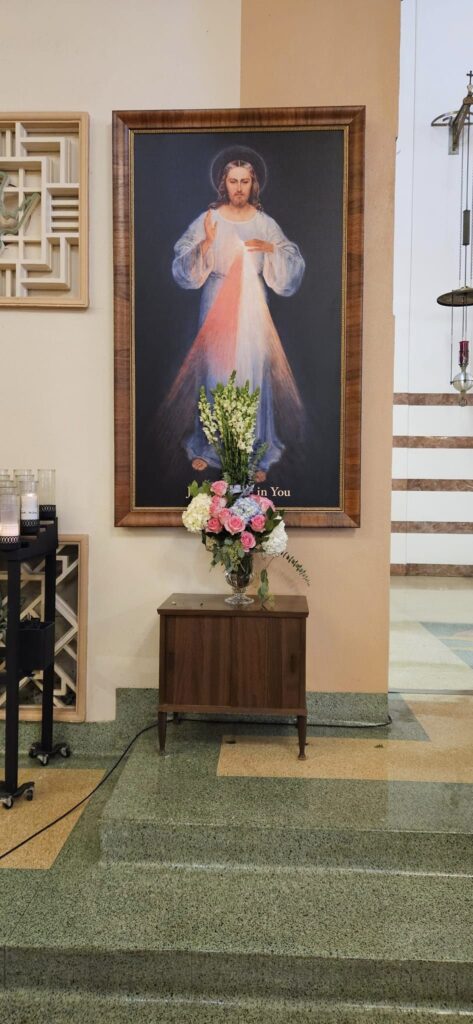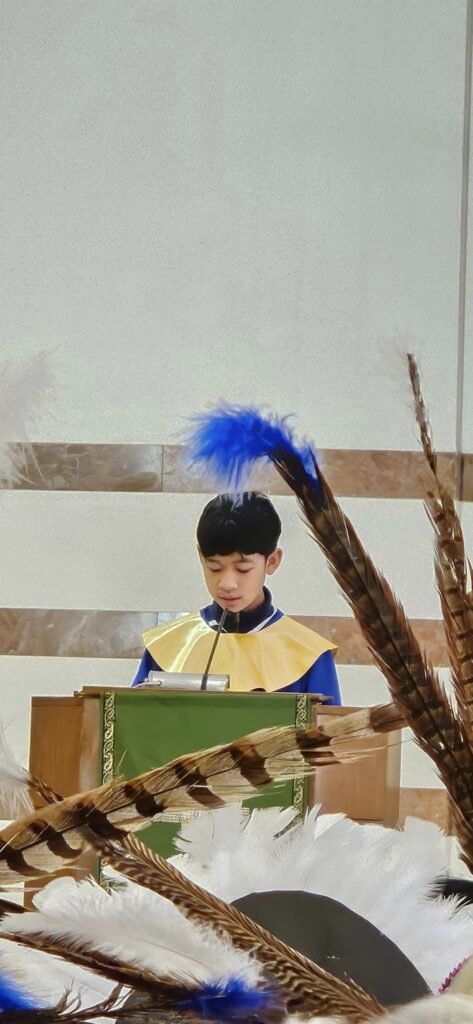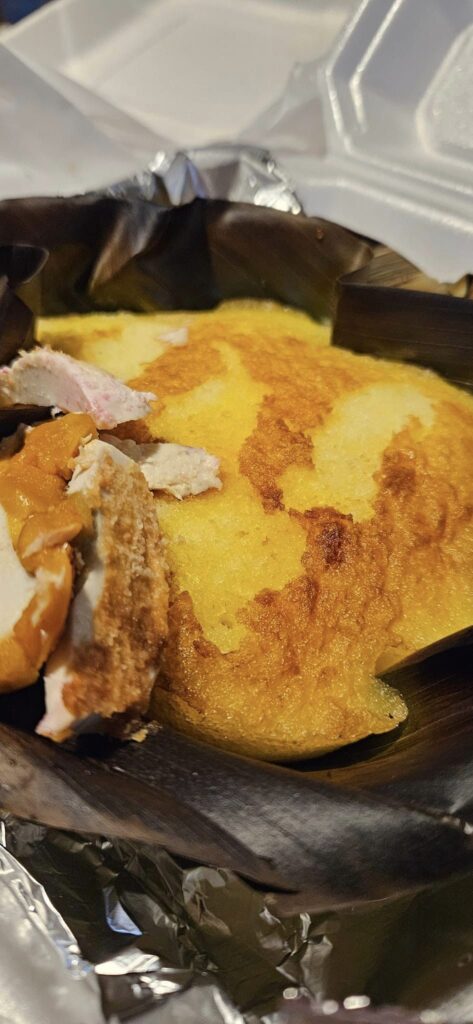Celebration of the Holy Child, preceded by sinulog, a dance mimicking the river flow, where waters are metaphors for God’s blessings and renewing waters for our soul.







What a beautiful celebration, ending with the message, “We are the Body of Christ.” I thought about that message for a moment, “it means the Lord is in our mind, our lips, and our hearts.”
We had a great homilist, Fr. Paulo Garcia, who started it with a joke, saying, Fr. Rodel said to me:”There goes my Santo Nino.” It elicited a laugh. Fr. Paulo has a short stature, a bit chunky and very approachable. It is like my Santo Nino, which my granddaughter refers to as Baby Jesus.

He continued, “A priest said to his congregation. Read Chapter 17, Mark. The next day, he asked, who read the assignment? Hands went up. But, Mark has 16 chapters only. More laughter. As we laugh more, we sat up straight and listened well.
Today is the 3rd Sunday of Ordinary Time as the Sunday of the Word of God, where the Lord speaks to us. May the Lord’s words be on my mind, lips and hearts. He reminded us of the prayer we all say with a sign of the cross, before reading the gospel.
Ash Wednesday is Feb 14, he reminds us.
What was the word of the Lord to Jonah? That Jesus is the Word made flesh.
Santo Nino is the Holy Child, where if you look at the statue, the whole world is in His hands, signifying that God’s always present with us.
Truly trust, try to have humility, to have the ordinariness, recall that the Lord chose fishermen who dropped their nets to follow Christ.
Come after me, Jesus said. Come – Jesus is leading…we can only follow if we are humble. I must decrease so Christ can increase. We maybe weak, but trusting the Lord makes us strong.”-Fr. Paulo Garcia
It ended with blessings of all the schoolchildren attending. I felt joyful after the mass.
With excitement, we all rushed to the pop-up vendors selling barbecue, taho, bibingka, and bangus sisig. I loved all these products, it saved me and hubby from cooking dinner.


Thank you Fr. Rodel G.Balagtas for this initiative of cultural celebration of Santo Nino, some Caucasians were actually singing the Tagalog lyrics, they were trying.
Thank you Fr. @Paulo Garcia – you are a great homilist, you leave us with symbols to remember your homily. It all matched up, the sacred holy child to a smaller stature for us to descend into ordariness and allow God to increase more in our lives.
Backstory: I was worshipping at two churches, one a chapel and another at a 100-yo church. I overheard a co-priest say to a fellow priest that the “Filipino priest is making Filipinos worship idols” as he, the culturally incompetent, superior-minded priest, asserted. Little did his ignorance reveal before his lips demeaned the culture of a fellow priest that the “The Santo Niño de Cebú is a Catholic title of the Child Jesus associated with a religious image of the Christ Child[1] widely venerated as miraculous by Filipino Catholics.[2][3] It is the oldest Christian artifact in the Philippines,[4] originally a gift from the Conquistador Ferdinand Magellan to Rajah Humabon (baptized as Carlos) and his wife and chief consort, Hara Humamay (baptized as Juana) on account of their Christian baptism in 1521. The image is the only canonically crowned image of Jesus Christ in the Philippines. [5]”.
Had he been humble enough to research what the Santo Nino was, he would have been enriched by approaching his fellow priest, “Hey, tell me more about the miracles attributed to the Santo Nino. How else is this sacred image Child of Jesus venerated?” That would have solidified their bonds of friendship. -@Prosy Delacruz, 2024.
